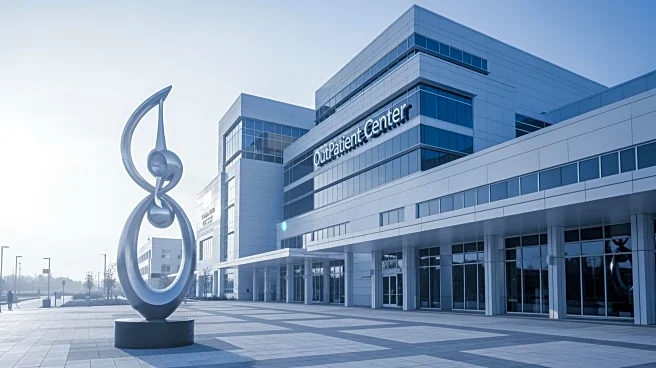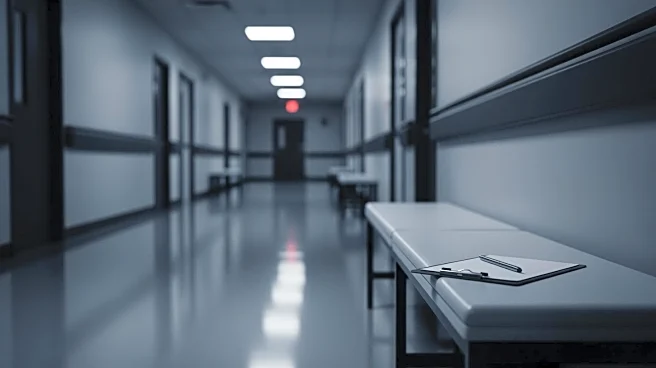What's Happening?
The Centers for Medicare & Medicaid Services (CMS) has finalized a rule that increases government payments to hospital outpatient facilities and ambulatory surgical centers by 2.6%. This decision marks an increase from the previously proposed 2.4% rate
bump. The rule also includes site-neutral payment policies, applying Physician Fee Schedule rates to certain drug administration services provided at off-campus facilities. CMS estimates these changes will reduce spending under the Outpatient Prospective Payment System by $290 million in 2026, with $220 million in savings for Medicare and $70 million for beneficiaries through reduced coinsurance. Additionally, CMS plans to phase out the inpatient-only list over the next three years, starting with the elimination of 285 codes for 2026, primarily musculoskeletal procedures.
Why It's Important?
The finalized payment increase and site-neutral policies are significant as they aim to streamline hospital billing systems and ensure patients receive transparent pricing information. These changes are expected to deliver greater predictability and affordability in hospital care. However, the hospital industry has expressed concerns, arguing that the site-neutral payment policies ignore the differences between hospital outpatient departments and other care sites. The American Hospital Association has criticized the payment updates as inadequate, especially given the financial pressures hospitals face due to inflation and workforce shortages. The changes could impact hospital budgets and access to care, particularly in rural or low-income areas.
What's Next?
CMS has delayed enforcement of the new policies until April 1 to allow hospitals time to adjust. Hospitals will need to adapt their systems, update billing processes, revise budgets, and train staff to comply with the new regulations. The hospital industry may continue to lobby against the site-neutral payment policies, seeking adjustments to better reflect the complexities of hospital outpatient care. Stakeholders will be closely monitoring the impact of these changes on hospital operations and patient care.














